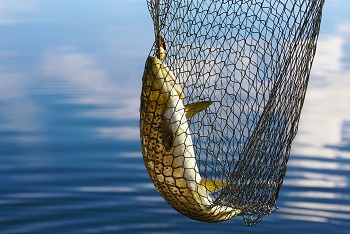New high-tech solution to clean fish hatcheries

Related topics
Aquatic Resources SMEs Innovation in SMEs Germany Hungary Malta United Kingdom Food security, sustainable agriculture and forestry, maritime and martime inland water research and bio-economy Norwaydate: 28/08/2014
Project: Development and implementation of an inn...
acronym: CLEANHATCH
See also: CORDIS
Contact: Contact
To achieve this, the industry is moving away from traditional farming methods such as ponds and lakes, and instead focusing its effort on Recirculating Aquaculture Systems (RAS). RAS are typically located indoors and allow farmers to control environmental conditions year round. Despite the advantages of RAS, the problem of bacterial loading still remains a serious issue.
A potential solution comes from the CleanHatch consortium which began its work in September 2010. This two-year €791,117 European Union (EU)-funded project developped a new fish-farming cleaning technology aimed at controlling bacteria proliferation in larval tanks.
“Cleaning the tanks’ sides and base requires high levels of human effort. It also increases costs and poses a constant risk of infections, resulting in reduced larvae health and survival rates. These outcomes can have a negative impact on the bottom line,” says CleanHatch Project Coordinator, Maria-Liza Scicluna. “A high degree of disinfection is also crucial to avoid diseases,” she maintains.
The above problems are further compounded by the fact that current methods used to clean aquaculture tanks are labour intensive and often ineffective, and can unsettle the fish larvae and thus reduce their survival rates if not performed correctly. CleanHatch offers two important solutions. First, cleaning the tanks’ sides and base by using an automatic arm, which saves considerable man hours. Second, the technology disinfects the surfaces through the focused injection of ozonated water, which is water free of bacteria, viruses, spores, parasites and chemicals.
The CleanHatch arm is currently being tested in purpose built RAS facilities. In addition, data is being collected to determine the effect of the arm on larval survival, occurrence of deformity, growth performance, and bacterial counts. Additional data on the effects of injected ozonated water will also be collected. Results will establish the technology's cost effectiveness and ease of use.
By using the technology, the consortium predicts an increase in larvae survival of 10%, resulting in lower unit costs and increased production.
According to Scicluna, the goal is to have a marketable product, which could potentially offer new business opportunities for the European fish-farming technology providers and SMEs across the EU.
